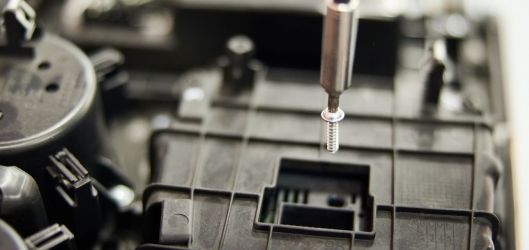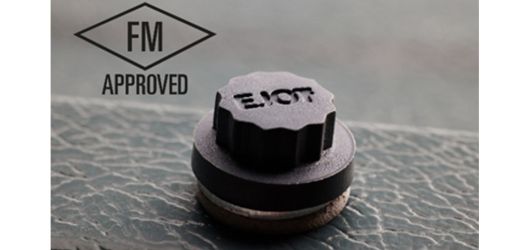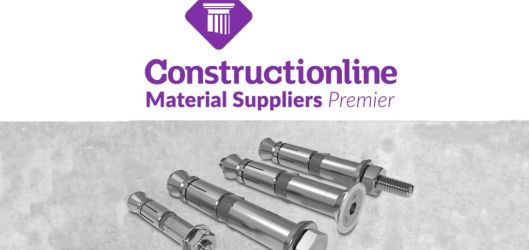
A survey by EJOT UK has revealed self-drilling fastener seal testing isn’t considered a priority by most roofing and cladding installers when working on building envelope installations.
The survey asked installers to rank the importance of four things when thinking about installing a roof or façade – (a) choosing high-quality fixings, (b) regularly testing the quality of the seal, (c) picking the right screw gun and (d) using a properly set nosepiece.
Regular seal testing was the least important factor with just 4% of respondents ranking it first, unlike ‘choosing high quality fasteners’ where 55% said it was the priority.
The findings support EJOT UK’s goal to provide clearer and easier to access best practice and training for the use of self-drilling fasteners. Seal testing is one important stage of the process which can get overlooked, despite being a really easy process, and the survey findings indicate that it is still not being given the focus it deserves.
Brian Mack, Technical Business Development Manager at EJOT UK said: “Installers have a lot to gain by making seal testing an integral part of every job where self-drilling fasteners are being used. Not only is it easy to do and low cost, but it is really effective at picking up quality issues that could prove financially and reputationally costly further down the line. But it does require two things – a good seal testing kit and some planning to work out how to make testing part of every project in a way that doesn’t cause disruption or add extra work.
“We can help on both fronts, in particular giving you the right kit through our VACUtest. This is an easy-to-use air pressure testing kit that works by creating a vacuum around the fastener head via a suction cup attached to a hose and a hand pump. And we’ve now produced a short video which shows exactly how easy it is to use.”

EJOT’s new 'how to' video, in conjunction with extended literature, provides a framework of recommendations that underline the value of regular and correct seal testing. The video covers all seal testing basics, such as marrying the correct suction cup to the right fastener and washer, through to what the correct gauge reading results should be. The resources also offer some troubleshooting advice by highlighting typical 'bad practice' workarounds known to be used on site when a fastener seal is not as it should be.
To find out more about installation and seal testing best practice for self-drilling fasteners, contact EJOT UK on 01977 687040 or email info@ejot.co.uk.



